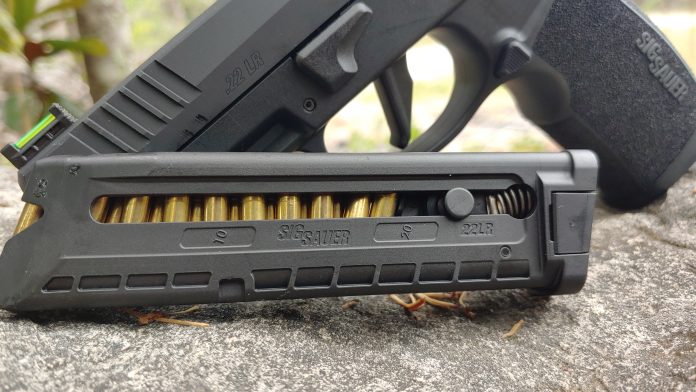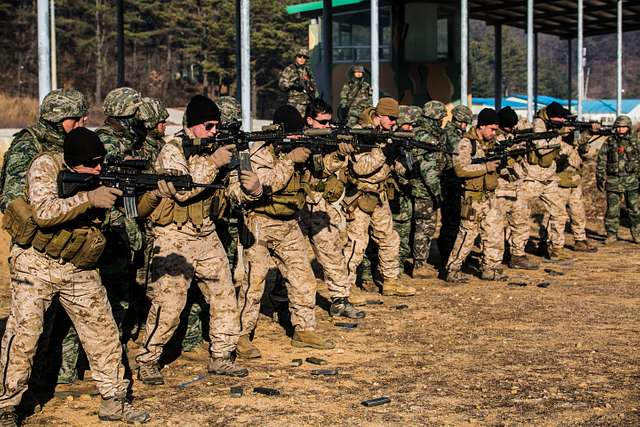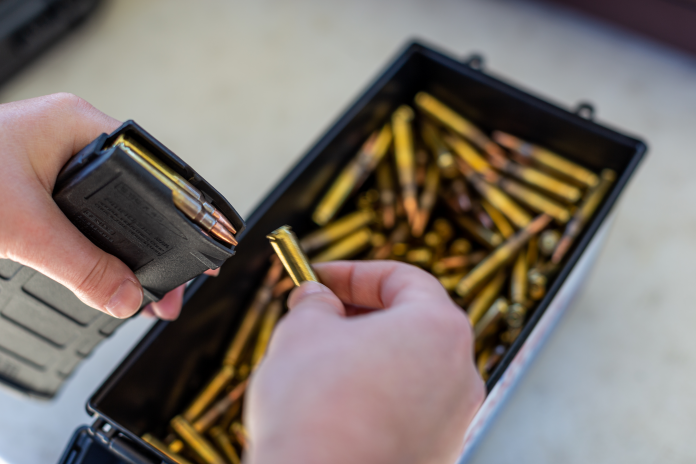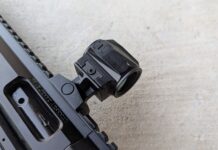
If you’ve ever done any amount of training, you’ve likely done the famed 1R1. What’s the 1R1? It’s the shoot one, reload, and shoot one. Plenty of us are used to this drill and have likely done over and over. It’s become a bit of a training foundation, and with that said, I really think we should ditch it, at least with magazine-fed rifles and handguns.
When viewed from the outside in, the 1R1 seems like an efficient low ammo-cost means to practice your reloads. In reality, it sets us up for failure and doesn’t really teach us how to reload in a practical matter. While it appears to be an efficient means of training, it’s setting us up for failure.
Why the 1R1 Sucks
The main problem with the 1R1 drill is that it doesn’t accurately represent what happens when a reload occurs. The 1R1 doesn’t provide a realistic scenario for a reload to occur. You know that as soon as the drill starts, you will be shooting one, reloading one, and shooting one again. You’re creating a specific scenario that had no randomness to it and really no realism to it.
It becomes more of a rehearsal than an actual piece of training. You know that as soon as the beep occurs, you will reload. There is no surprise to it. There is no oh crap moment you need to process prior to a reload mentally.

The 1R1 also tends to focus more on the reload than the two shots fired. What occurs is someone trying to beat the timer and not paying attention to two key components. First, there is a lack of accuracy focus. Where are those two rounds going downrange? It doesn’t often matter as long as you’re reloading fast, right?
Second, what are you doing while you reload? Are you taking cover? Cause in most cases that seems to be a very important step prior to reloading an empty gun. However, that kills that fast time. Sure, in some situations, you won’t have a chance to use a cover or concealment, but that doesn’t mean you shouldn’t train to use cover.

Another issue comes down to the fact you are only firing one round. What’s the likelihood you will assume a good firing stance and grip if you only have to fire one round? In real life, you might need to fire several rounds and to keep control of those rounds. You’ll need to assume a good stance and grip.
With that said, only a Sith deals in absolutes, right?
When the 1R1 Works
The 1R1 can be a decent beginner’s step to familiarize yourself with the weapon and its reloading process and manual of arms. A CZ Scorpion reloads a lot differently than an AR-15. You might need to just learn the manual of arms of the firearm.
It also works with guns like lever action rifles and shotguns. They have the tubular magazines where you can always just top the gun off, and it’s good practice to do so. Keeping the weapon loaded is a good habit with either style of weapon.
An Alternative
Obviously, the easiest alternative is to load more rounds and do 3R3s or beyond while also occasionally practicing with cover and movement. That will cure a few of the problems with the 1R1. Another is to have someone else load the magazines so you have no idea how many rounds are loaded. This way, unpredictability is part of the training.

A dry fire solution I like to is to set a timer for 45 seconds up to two minutes and then do my normal dry fire practice. When the timer goes off, I conduct a reload. This way, there is some unpredictability to the whole thing. You can do this with a shot timer as well and set the parameters to random and a time minimum and maximum. That tends to be easier and less disruptive than dealing with a phone alarm.
The 1R1 isn’t all bad, and it won’t get you killed in the streets. However, I don’t believe it gives you the most bang for your buck. If better training options exist, why shouldn’t we use them?



